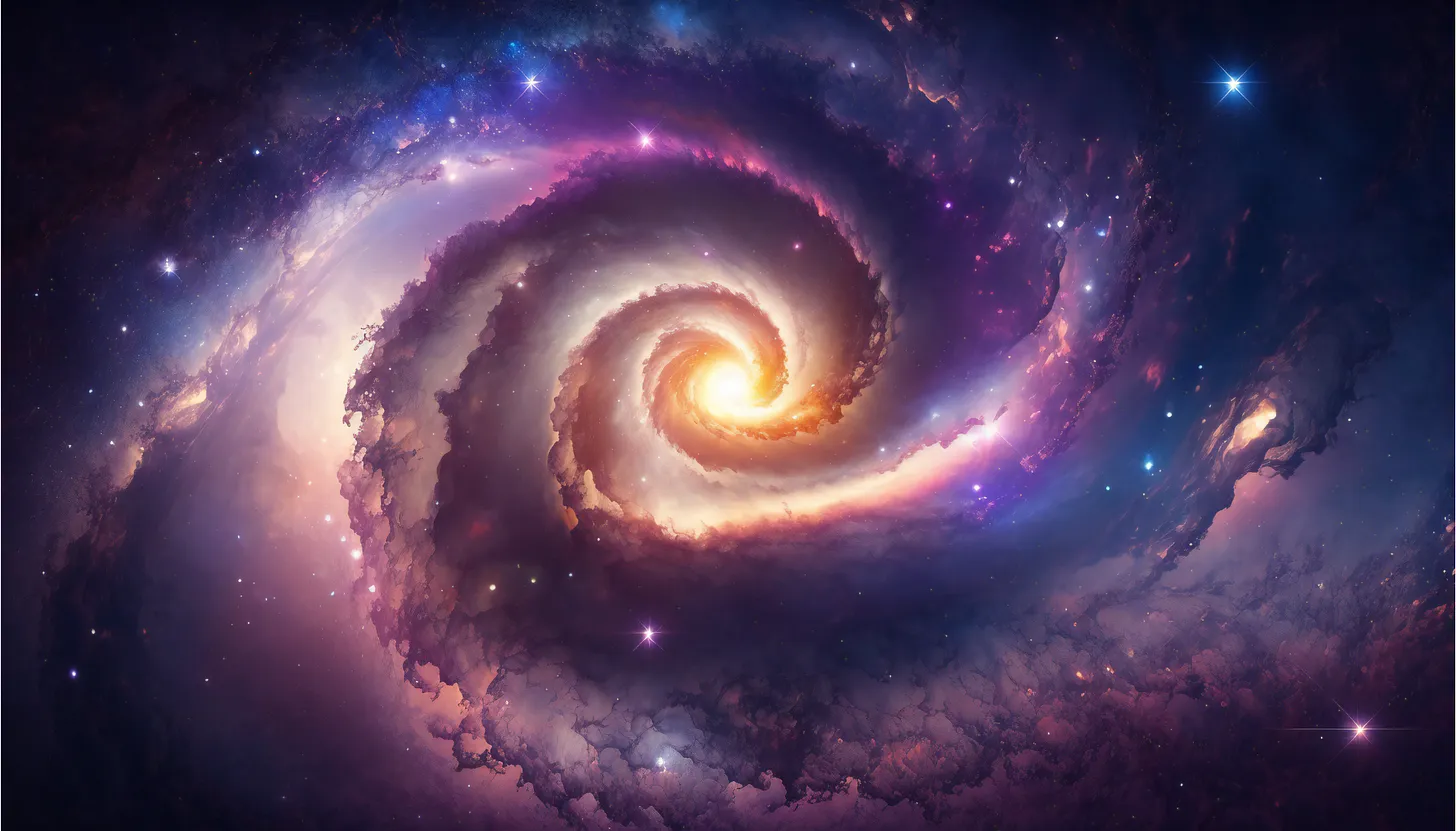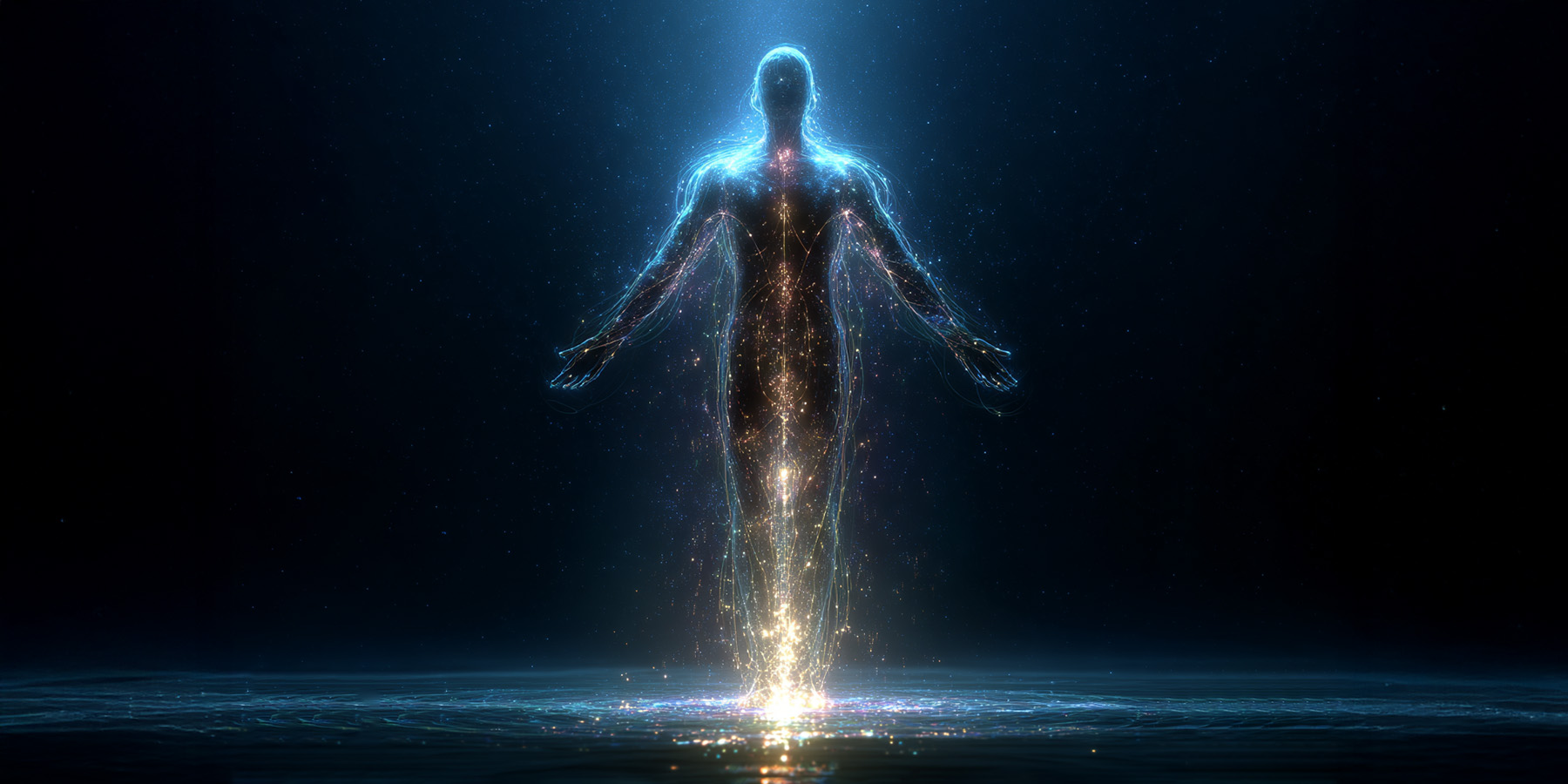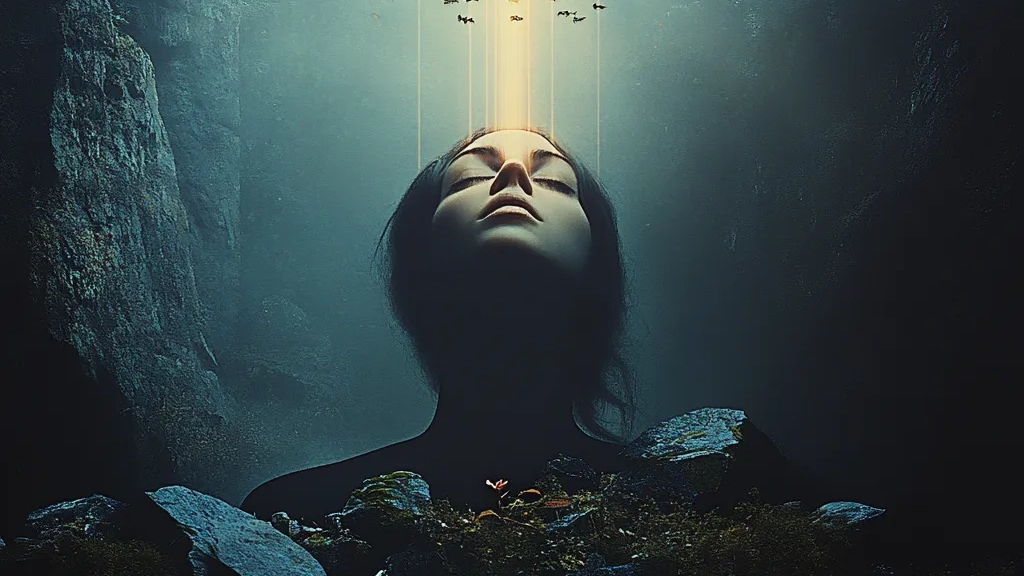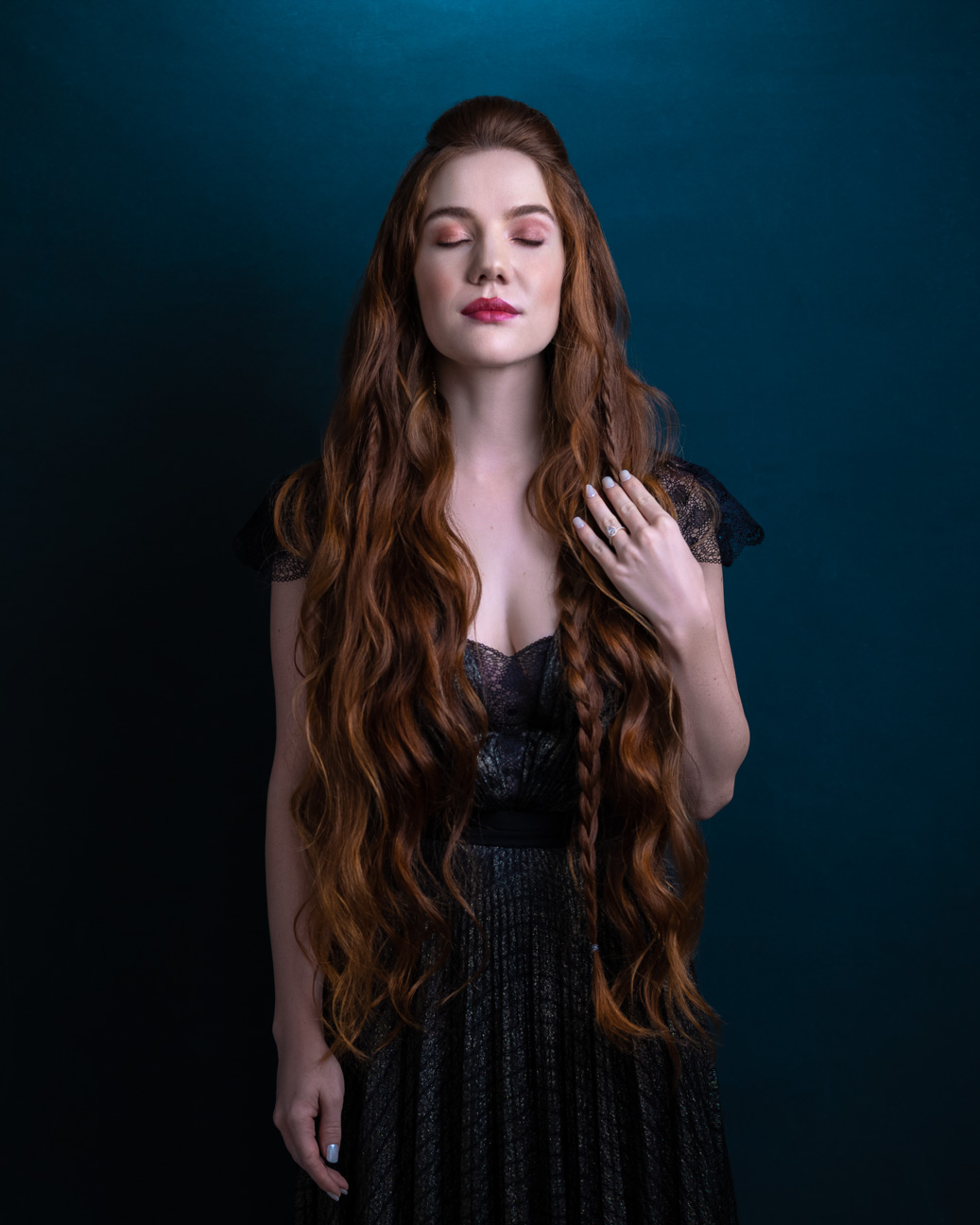Meditation, Contemplation, and the Journey to Oneness
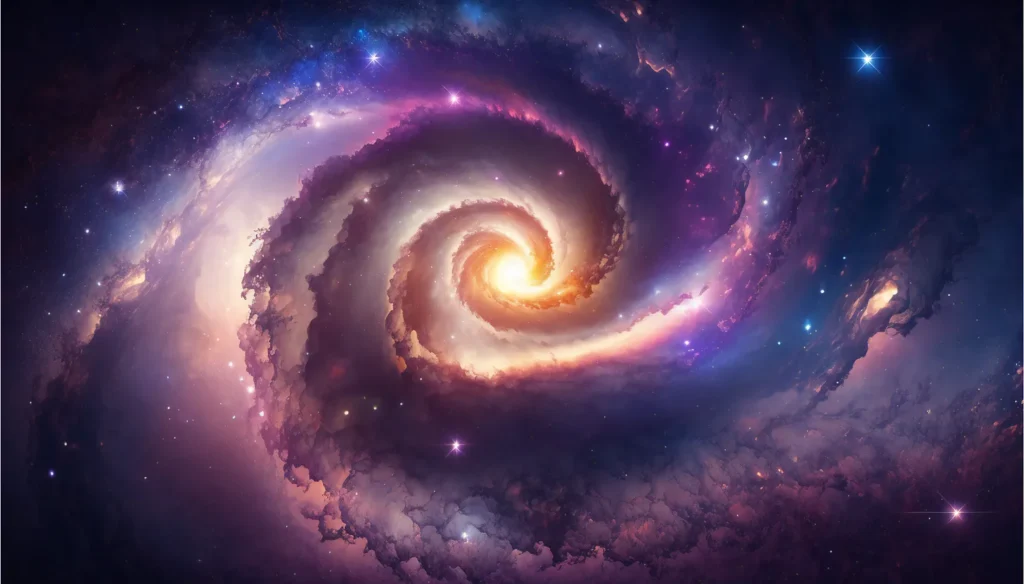
This musing is an exploration, a journey through my meditation and contemplation process. Think of it as a behind-the-scenes glimpse into my evolving thoughts on spirituality and self-awareness, with some helpful tools shared along the way.
Contemplating Oneness
During a recent daily meditation, I ventured far beyond the beyond, leading me to contemplate Oneness. What is lies beyond the mind? What is God, the creator, the source? Everyone has their own words and definitions, and more answers lead to more questions. For me, today, God is the energy of love and consciousness—omnipresent, omniscient, and as indefinable as the universe.
When we realize that we are not separate from energy but are all ONE energy, the illusion of separation fades. Spiritual teachings, ancient cultures, and even scientific theories suggest we are multidimensional. In this context, separating ourselves from consciousness, omniscience, God, or the Source is impossible. The term “Source” resonates with me more, as it represents the origin of all energy. However, without the concept of time, the idea of a beginning becomes irrelevant; it’s all happening simultaneously in a living, dynamic, spiraling existence, with consciousness experiencing itself in myriad ways across the vast multiverse.
The Concept of “Beyond the Beyond”
During meditation, I often find myself drifting into a state where a part of my consciousness wonders about where I am. The answer that comes to me is “beyond the beyond.” This concept intrigues me, and one day, I just happened to hear Judy Satori, a light language channel, discuss it on the podcast “Beyond the Ordinary” with John Burgos. Judy describes “beyond the beyond” as the heart of 22 galaxies arranged in a diamond-like formation. When she stated this, I got chills. According to her, when we attune to the sound and light frequencies emanating from the heart of these galaxies, we align with higher harmonics and octaves. These frequencies are received through our DNA, with 99% of our DNA acting as a light and sound receiver. This idea of “beyond the beyond” resonates deeply with me, and I continue to ponder it. In my meditations, I saw fractal geometric patterns emanating from a cosmic center. By understanding that we are holographic beings living in a holographic universe, we can see ourselves as mini-universes, each fractal containing the whole. We are the universe, and the universe is us.
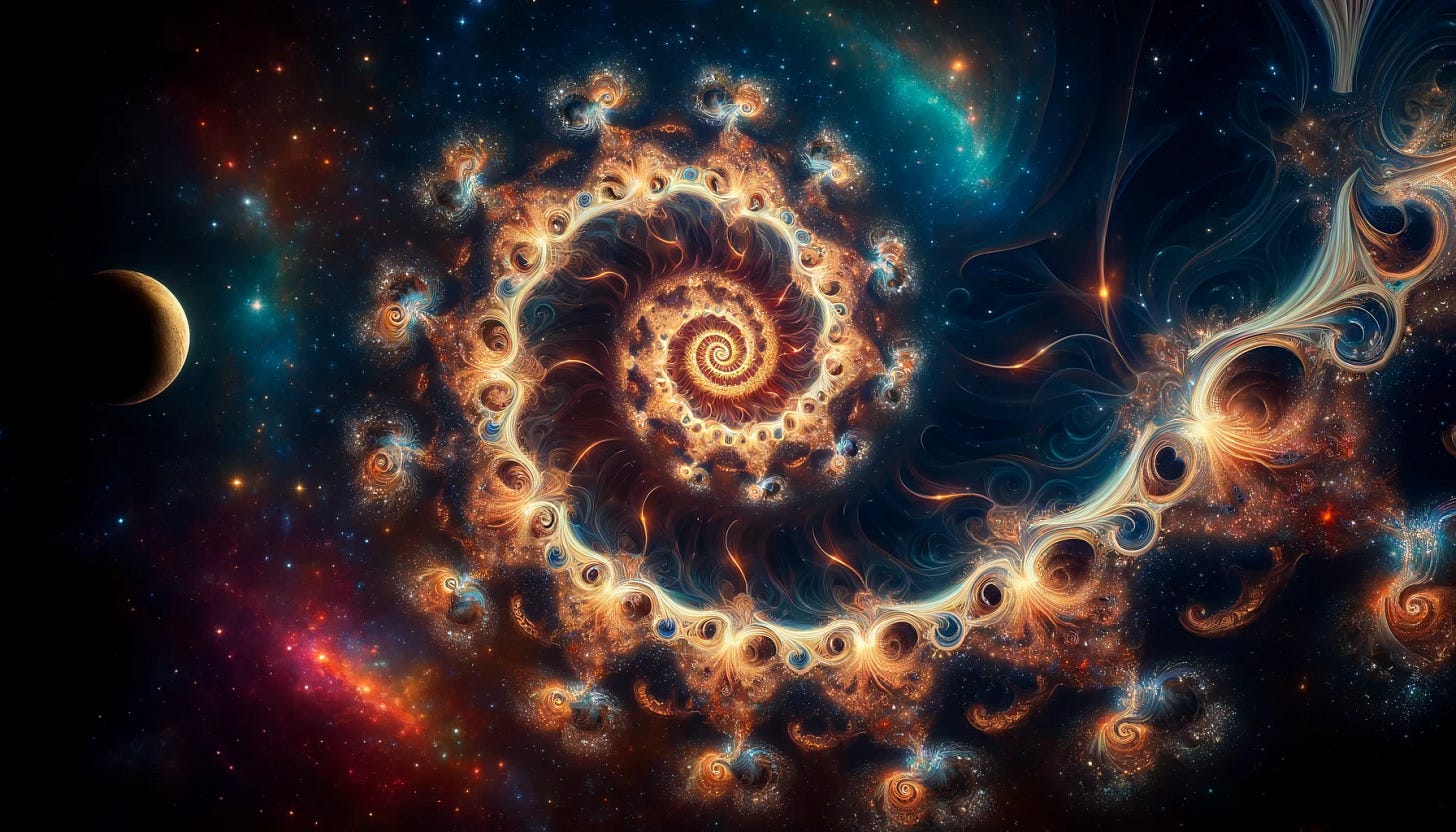
My Meditation Journey
My spiritual growth has been deeply connected to meditation and contemplation. When I first started meditating, I used guided meditations and binaural beat music. Eventually, I could meditate in silence, but I still prefer to use music. Initially, my meditations were short, about 10-15 minutes. Over time, I learned to guide myself into meditation, which quickly became more of a channeling experience. My inner voice would take over and do all the guiding. Once I discovered this, I started creating guided meditations, channeling via my higher self. My meditations usually include a natural flow of light language, which helps heal, clear energy, and raise vibration as it directly speaks to our DNA, bypassing the conscious mind.
In my experience, releasing self-judgments and letting go were crucial for successful meditation. Embrace your meditation style, whether it involves using music, self-guidance, or silence. Let go of preconceived notions and trust in your ability to meditate. Could you create a dedicated space and ritual for your practice? I have found that meditation outside in nature is beneficial for inspiration and grounding. Setting your intention and being consistent are important. For more information on Theta Meditation and Binaural Beats check out info on BRAINSYNC.
Writing and Contemplation
After meditating, I grab my journal or ReMarkable® tablet and start writing. I either do some soul writing or journal about whatever comes to mind during my meditation. This musing originated from a meditation session and is continuing. I began hearing this dialogue flowing out and just went with it. The next part of my process is usually gentle contemplation. I will reflect on my thoughts, insights, and questions—usually over days or weeks—before I dive in and write more formally. Contemplation, for me, is like open-eyed meditation. It involves partly daydreaming and partly focusing. I love it because it has no rules, is freeing, and makes me feel expansive.
I learned about the art of contemplation from my work with the Gene Keys® Synthesis. The Gene Keys is a comprehensive system by Richard Rudd that provides practical wisdom to help you better understand yourself and your true potential. Your profile is a holographic representation of your DNA based on your birth date and time; there are 64 keys to unlock your DNA. While some may be skeptical, it deeply resonates with me and many people I’ve worked with. The Gene Keys offers a map for navigating our lives, highlighting the shadow frequencies and patterns we can transform into higher frequencies – into gifts. The Gene Keys are to be contemplated over a long period. And as you contemplate the keys in your profile, you unlock your DNA – the light of who you are. (I plan to write more extensively about the Gene Keys and my experiences in future musings, but I wanted to introduce it here.)
You can obtain your free profile by visiting genekeys.com.
You alone are the architect of your evolution. /Richard Rudd/
Embracing Stillness
According to Gene Key 52 (The Stillpoint), my purpose is one of stillness. In the context of this key, the shadow frequency of stress can be transformed into the gift of restraint and ultimately into the Siddhi of stillness. In our profiles, purpose doesn’t refer to what we are here to do but rather to the quality of our consciousness. When I first encountered these terms, I laughed out loud, dismissed the entire system, and closed my computer. I could not, at first glance, grasp the gift of restraint nor my purpose as stillness. However, six months later, I revisited Gene Keys with an open mind and have since extensively studied and reflected on the system and my Gene Keys profile. It is a valuable tool for self-discovery and continues to reveal new layers of myself and my journey. We may not fully embody the highest expression of our gifts, but we strive for them and trust that they are within our reach. In his book, The Gene Keys Golden Path, Richard states, Your purpose is hidden within your DNA and is designed to be unlocked by life.
I have always been active and highly energetic, constantly on the move. If I can learn to meditate and embrace stillness, anyone can. We have to learn to slow down a bit. Richard Rudd describes this constant activity as the reactive state of stress—feeling restless. The opposite state, feeling stuck, is the repressive nature. I’ve experienced both throughout my life, but restlessness has been more dominant. It wasn’t until I embraced stillness and started slowing down that I genuinely began connecting with oneness and experiencing myself as energy. This stillness—the stilling of the mind—helped me reconnect with my soul and oneness. In moments of stillness and silence, we can genuinely listen to our inner voice and engage our imagination to go beyond our minds. Remember, everything is vibrating – nothing is truly still. When I refer to stillness, I mean slowing down the brain waves to hear the universe and our inner voice.
Dr. Joe Dispenza, a renowned author and researcher in neuroscience, epigenetics, and quantum physics, emphasizes the importance of going beyond our ordinary minds via meditation to connect with the quantum field, the universe, and consciousness. Meditation has become essential for me. I need to journey inward and connect with my soul, spirit, cosmos, God, Universe, Earth, and all the energies we are a part of. All of it resides within us.
The Art of Contemplation
Through this interweaving of meditation and contemplation, I have gained deeper wisdom and self-awareness. This practice has been instrumental in sparking my interest in writing and has become essential for my peace, clarity, and spiritual growth. These tools are now an integral part of my being, providing me with a deeper connection to myself and the Source of all that is. They allow me to express my thoughts ( or attempt to) and contribute my voice to the collective consciousness, hoping to illuminate the path for others as they seek transformation and expansion.
I highly recommend Richard Rudd’s book, “The Art of Contemplation,” it offers a simple yet profound guide to achieving inner peace and clarity through the practice of contemplation. Unlike meditation or mindfulness, contemplation is about gently slowing down and allowing insights to emerge naturally. He introduces three key practices: The Pause, which involves breaking the cycle of reactive thinking; The Pivot, which helps transform negative thoughts into positive ones; and The Merge, which integrates newfound insights into daily life. These steps create a pathway to self-awareness and harmony, aligning perfectly with my journey into stillness.
To know what we really are, we will have to go beyond the mind itself.
This is the purpose of the art of contemplation.
/Richard Rudd/

Conclusion as a Beginning
We may never fully comprehend consciousness or God from a human perspective – it is all a great mystery. Understanding and accepting it involves recognizing its flexibility, flow, magic, and healing nature. We are not separate from this energy; we are this energy. We are not separate from the light; we are the light. We are consciousness – we are love – and thus, we are God. We are all one, spiraling and moving in this vibrational universe powered by the frequency of love.
Through meditation, I hear my soul’s voice guiding me on my journey to enlightenment, and through the art of contemplation, I attempt to make sense of it all. Even though I am like the ouroboros – eating its own tail, these practices uplift me into higher octaves of love and joy. It’s fascinating and curious to realize that this stillness, this connection to Source, is where I find my inner essence. It is the journey into the essence of existence, beyond the confines of time and space, into the infinite consciousness we all share.
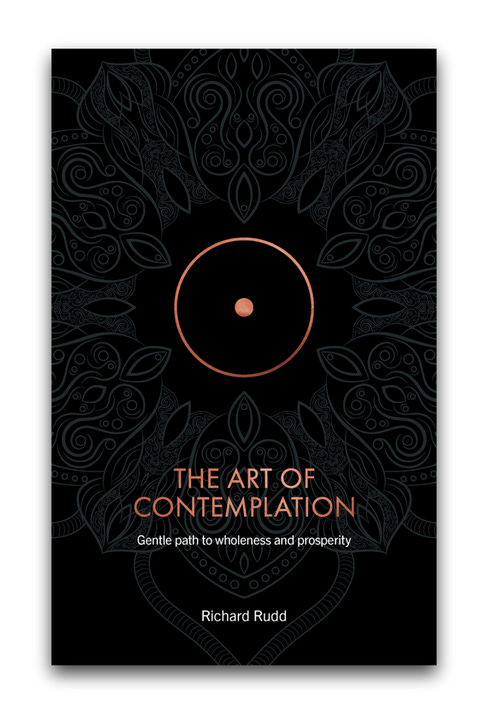
Summary from the book The Art of Contemplation by Richard Rudd
The Differences Between Contemplation, Meditation, and Mindfulness
Mindfulness:
- Involves observing the mind, emotions, and body.
- Commonly used in meditation.
- Focuses on passive observation.
Meditation:
- A well-known practice that often includes mindfulness.
- Aims to achieve a state of calm and clarity through various techniques.
- Emphasizes stillness and passive awareness.
Contemplation:
- Encompasses a broader scope, integrating practices like mindfulness.
- Deepens existing practices such as yoga by providing greater inward focus.
- Proactively engages the mind, emotions, and body.
- Enhances self-awareness, freedom, and overall well-being.
- Leads to decisive action, bringing significant changes in life.
- Synthesizes left-brain techniques (analytical) with right-brain awareness (intuitive).
- Balances practical mindfulness with imaginative thinking.
- Adaptable to different personality types: intellectual, emotional, or aesthetic.
- Versatile and inclusive, suitable for both beginners and those with existing practices.

